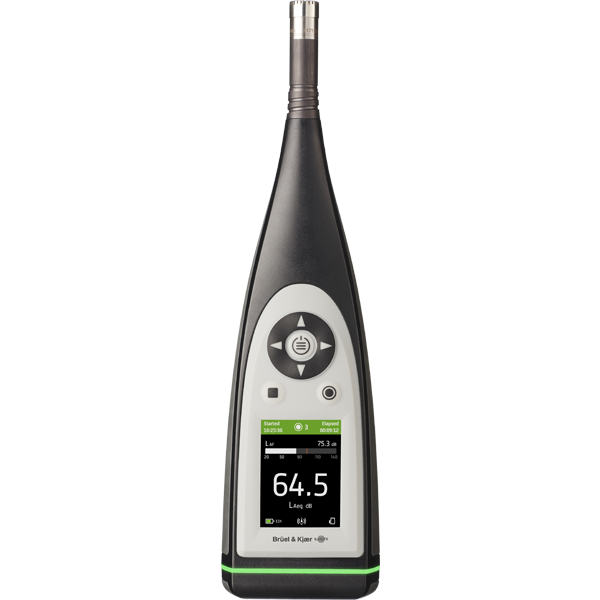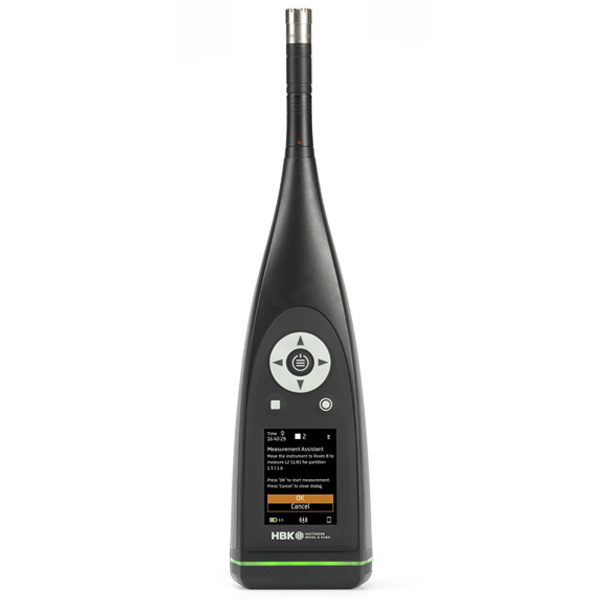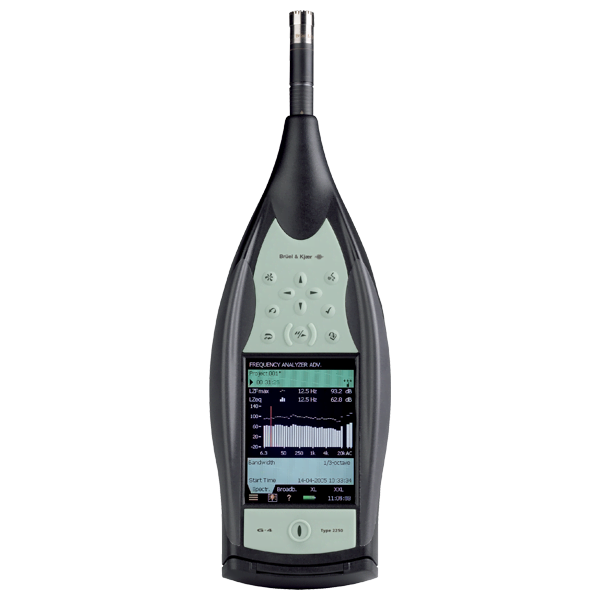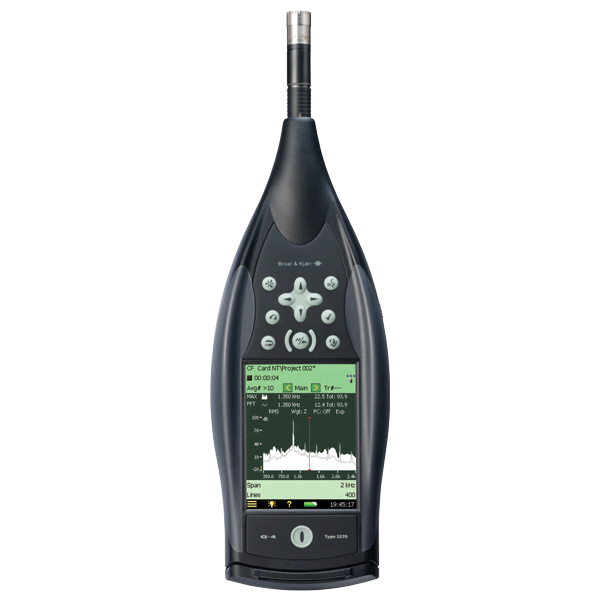Sound Level Meters and Analyzers
Sound level meters and analyzers by Brüel & Kjær are class 1 sound measurement instruments with unrivalled ease-of-use and flexibility. In fact, the latest generation of our sound measuring instruments can be directly operated with a smartphone. With the addition of our specialized apps and post-processing software, you can set up and customize your instrument for an extensive range of measurements, advanced analysis and reporting. It's been over 60 years since Brüel & Kjær invented the world's first transistorized, hand-held sound level meter, and we still lead the industry today. It's been over 60 years since Brüel & Kjær invented the world's first portable sound level meter, and we still lead the industry today.
What is a Sound Level MeterHBK 2255 Sound Level Meter
HBK 2255 is our latest sound level meter. An advanced and flexible sound level meter, HBK 2255 is ready for any sound measurement task from environmental noise assessments to sound insulation testing.
-
B&K 2245
B&K 2245 is a complete class 1 sound measuring solution designed for users with simpler needs. The instrument is supplied with task-tailored applications for your mobile and PC, each specifically designed for your job.
-
HBK 2255
HBK 2255 Sound Level Meter is an advanced, single-channel, class 1 sound level meter. Designed for users with varied and complex workloads, HBK 2255 can be relied upon to get the job done efficiently and with maximum confidence.
-
Type 2250
Hand-held Analyzer Type 2250 is a flexible platform for single-channel hand-held sound and vibration measurements. Customizable with a wide range of software modules, microphones and accelerometers, Type 2250 is suitable for almost any hand-held sound or vibration measurement task.
-
Type 2270
Hand-held Analyzer Type 2270 is our flagship sound level meter, featuring two measurement channels for sound or vibration measurement. With its extra input channel, Type 2270 expands on the capabilities of Type 2250 adding sound intensity and 2-channel building acoustics measurements.

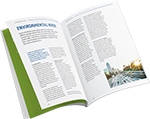 BUYERS GUIDE
BUYERS GUIDE
CHOOSING YOUR SOUND LEVEL METER
WHAT IS A SOUND LEVEL METER
A sound level meter is a measuring instrument, designed to measure sound levels in a standardized way.
Commonly referred to as a sound meter, noise meter, decibel meter, or sound pressure level (SPL) meter, a sound level meter is designed to respond to sound in approximately the same way as the human ear.
The purpose of a sound level meter is to give objective,
reproducible measurements of sound pressure levels (SPL).
HOW DOES A SOUND LEVEL METER WORK?
At its very core, a sound level meter basically consists of a microphone, a preamplifier, a signal processing unit, and a display.
The most suitable type of microphone for a sound level meter is a condenser microphone, which combines precision with measurement reliability. The microphone converts the sound signal to an equivalent electrical signal. The electrical signal produced by the microphone is at a very low level and must be enhanced by a preamplifier, before reaching the main processor.
Signal processing applies frequency weightings and time weightings to the signal, as specified by international
standards such as IEC 61672 – 1, which a sound level meter complies with.
MEASUREMENT APPLICATIONS
Sound level meters and analyzers are used to measure and manage noise from a variety of sources. They are often employed in environmental noise assessment from sound sources, such as industrial plants, road and rail traffic, and construction work.
In urban environments, noise pollution - or excessive noise exposure - directly affects the people who live and work in the affected areas. To ensure noise regulations are followed, noise is measured from a variety of sources as sports events, outdoor concerts, parks, and residential- or commercial neighbours. Each sound/noise source is defined by its own set of characteristics, which can pose challenges for the professionals assessing them.
Measurement applications
- Room and building acoustics
- Sound power and noise source identification
- Assessing workplace noise and OHS evaluations
- Environmental noise measurements

Take sound and vibration to new heights. Create your Knowledge Center account today!

